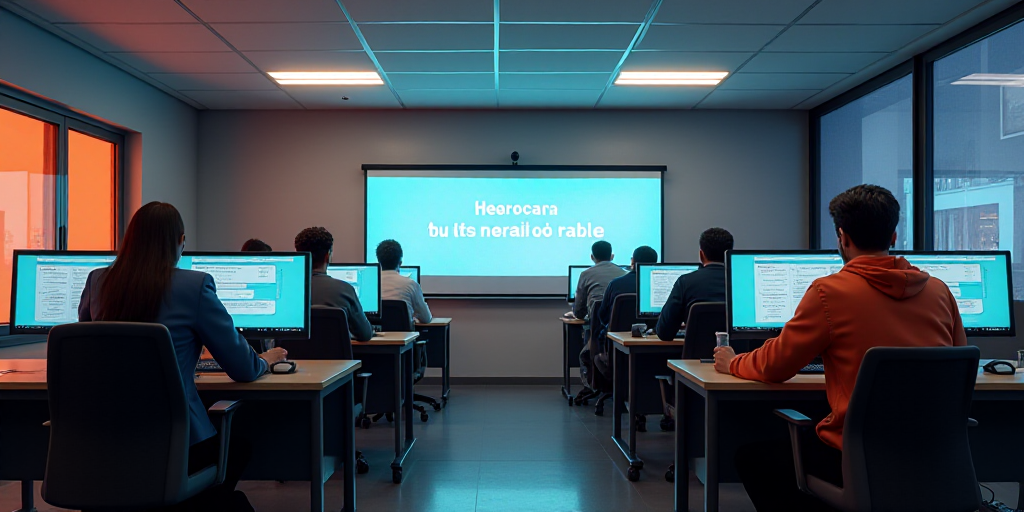Introduction
The latest National Financial Inclusion Survey (ENIF) 2024 by Mexico’s National Institute of Statistics and Geography (INEGI) reveals that 81% of men and 73% of women in Mexico now have at least one financial product, such as a debit account or credit card. While these figures may seem positive at first glance, there are nuances to consider regarding financial inclusion.
Understanding Financial Inclusion
Having at least one financial product is a step towards financial inclusion, as it enables better resource planning and improves people’s quality of life. However, it is essential to consider the usage and quality of these products, including regular account use, building credit history, and choosing from various financial options for funding, savings, or investments.
Gender Disparities in Financial Inclusion
In 2024, approximately four million women opened their first bank account or obtained a debit card to receive government support. This number is twice that of men. From a gender perspective, these results highlight structural inequalities in the country.
- Question: What do these figures indicate about financial inclusion in Mexico?
- Answer: Although the proportion of men and women with at least one financial product has reached historical levels, there are concerns about the quality of these products and their usage. For women, government social programs represent a primary source of financial system access, but there is little evidence that these beneficiaries utilize other financial products or experience significant improvements in savings, spending capacity, trust in institutions, or other economic well-being dimensions.
Target Groups and Their Challenges
Two groups of women received their first bank cards through government support: young adults (20-35 years old) starting their careers and older adults. These demographics align with signature social programs of Mexico’s Fourth Transformation: Jóvenes Construyendo el Futuro, Becas Universitarias, and Pensión para el Bienestar de las Personas Adultas Mayores.
- Question: What common challenges do these women face regarding financial inclusion?
- Answer: Both groups lack formal employment history and face structural barriers, limiting their ability to meet fundamental access requirements for other financial products like loans, mortgages, or property titles. This, in turn, restricts their potential for improved living standards, business development, and home stability.
The Vicious Cycle of Limited Financial Inclusion
Limited entry and participation in the labor market restrict women’s integration into the financial system, perpetuating a vicious cycle where inclusion occurs late and is primarily government-assisted, far from fostering economic autonomy for women or their families.
Developing Public Policies
To address these challenges, it is crucial to develop public policies in two directions:
- For young women: Leverage this initial account as a genuine tool to promote financial autonomy, which is intertwined with improving their working conditions and reducing labor inequality.
- For older women: The challenge is more complex, as it would be ideal to avoid palliative policies that, while currently necessary, should focus on safeguarding their quality of life in old age.
Conclusion
Without a labor market that facilitates sustainable and independent access to financial products, Mexico will continue to miss opportunities to strengthen women’s economic autonomy and improve their quality of life, that of their families, and long-term well-being.
*The authors are researchers from IMCO






